


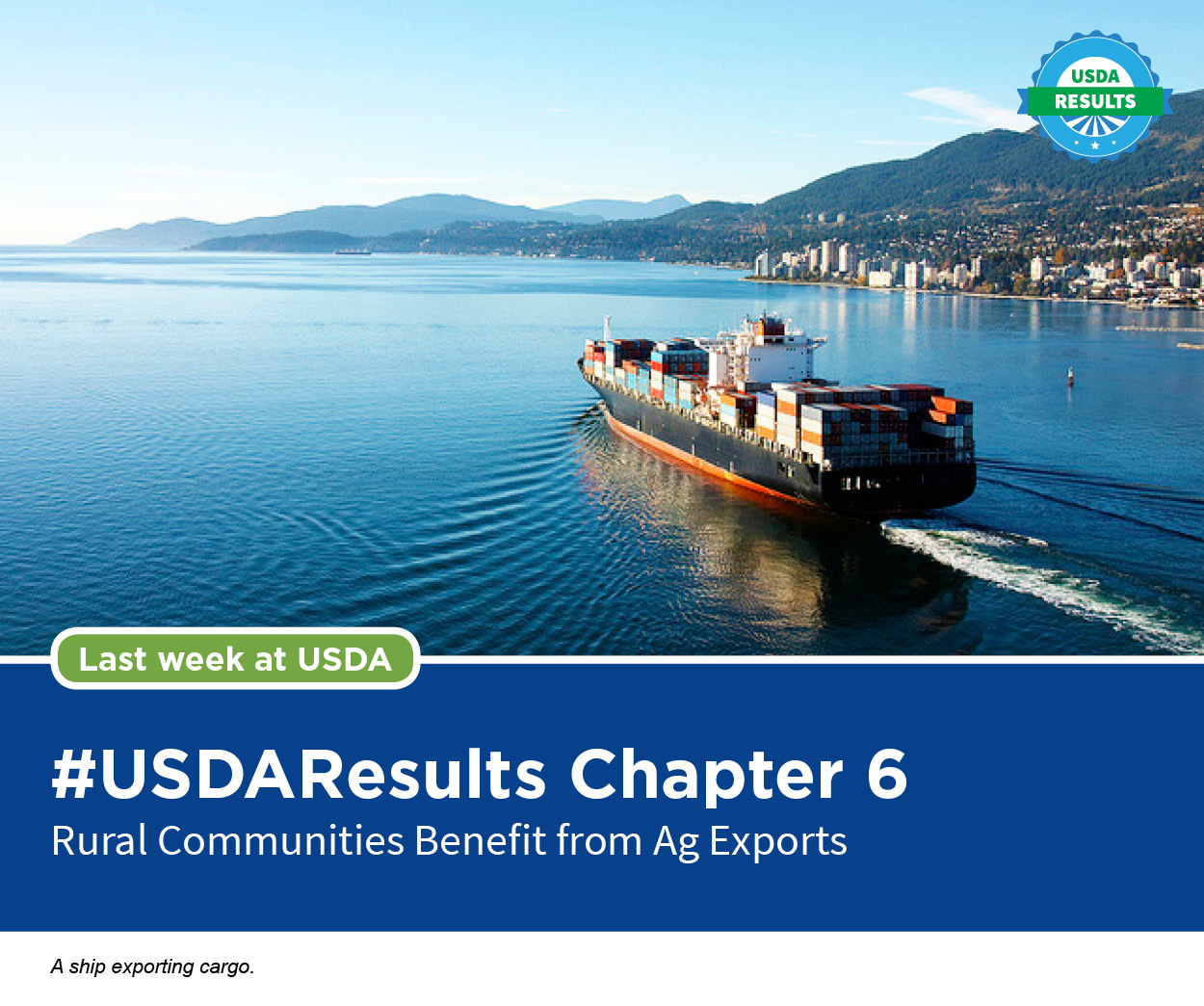
In the last seven years, USDA has worked alongside our nation’s producers to build new markets and opportunities for American-made agricultural products. We’ve done this by expanding trade, removing unfair, unscientific barriers and connecting with new customers and markets abroad.
In response to these efforts, agriculture exports have grown to record high levels. In fact, the past seven years have represented the strongest period in history for American agriculture. Thanks to the hard work of American farmers, ranchers and rural businesses, international sales of U.S. farm and food products totaled $911.4 billion between Fiscal Years 2009 and 2015.
The results of that impact ripple throughout rural communities. The volume and value of agricultural exports support more than 1 million American jobs both on and off the farm each year. In turn, the gains we’ve seen in rural jobs and higher income have enabled more farming families to stay on the farm and have funneled more cash flow into rural economies. And between 2010 and 2015, median farm household income increased by 47 percent due in part to our farmers’ ability to remain competitive in a global market.
As we begin to look back at the success of U.S. agricultural exports since 2009, you can read 10 more reasons why U.S. ag trade has remained consistently positive by visiting our newly launched Chapter VI: http://bit.ly/results-ch6.
Join us throughout the month of June as we continue to explore how American agricultural exports have served as a bright spot for the U.S. economy since 2009 while helping to ensure our ambitious goals of ending poverty and hunger are met. Follow along on usda.gov, on the USDA blog and by using #USDAResults, or catch up on Chapter VI on our Medium site.



Visit http://bit.ly/results-ch6 for 10 reasons why U.S. ag trade has remained consistently positive.
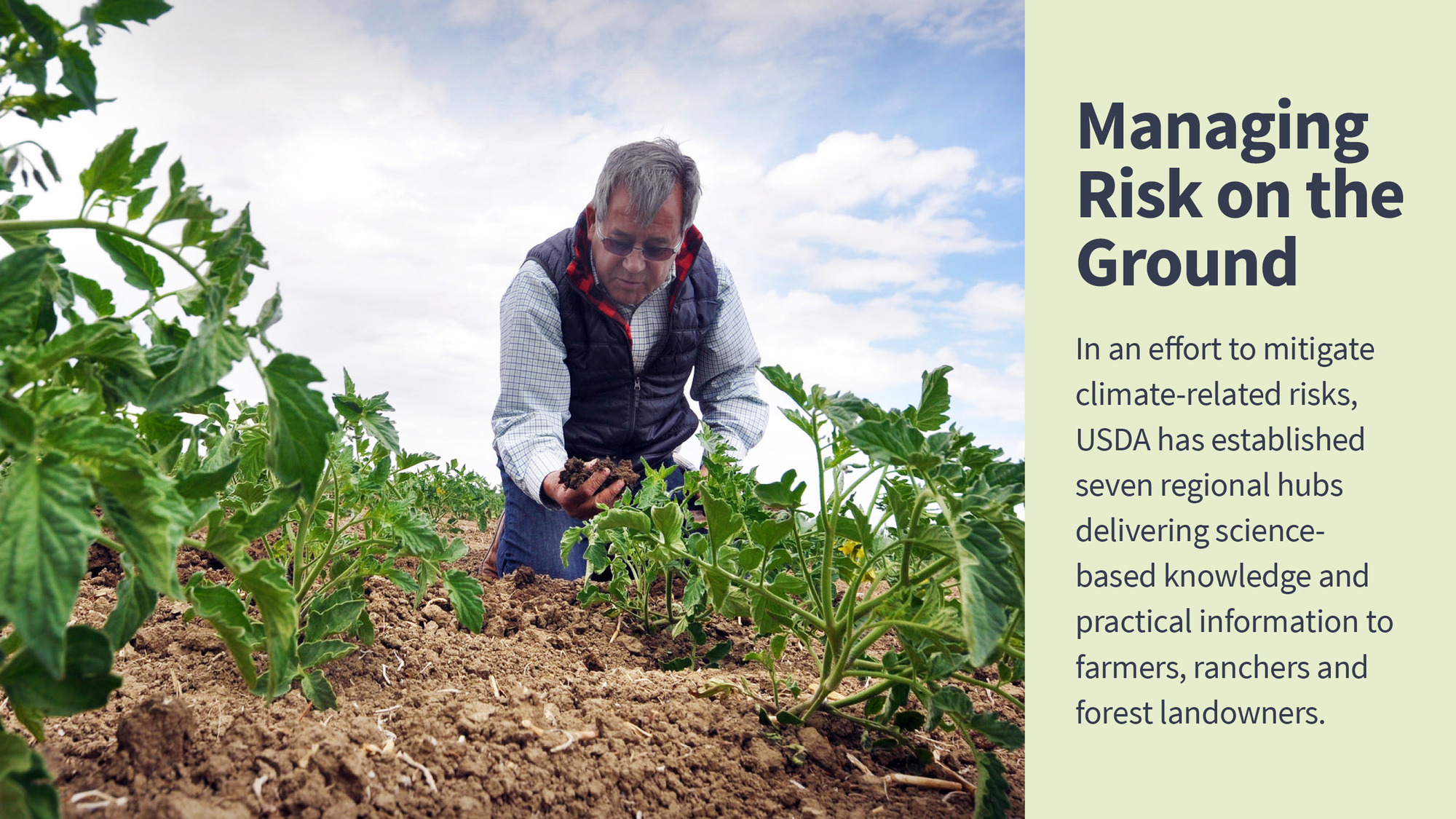
In May we looked at how USDA’s approach to collaborative and climate smart policies have supported farmers, ranchers and forest landowners as they adapt in the face of a changing climate.
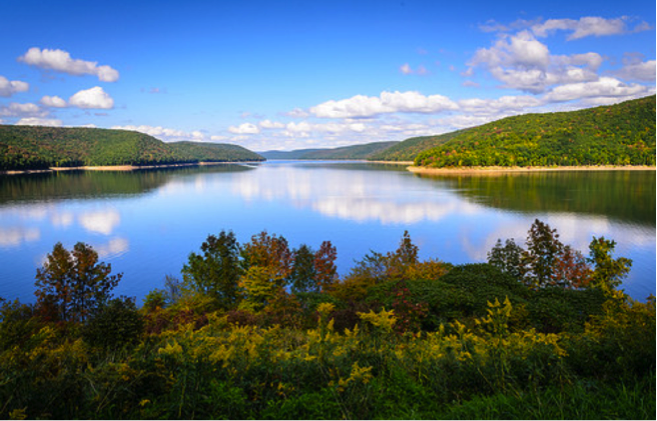
The air is clean above and the water is clear below in the Allegheny National Forest’s Allegheny Reservoir in Pennsylvania.
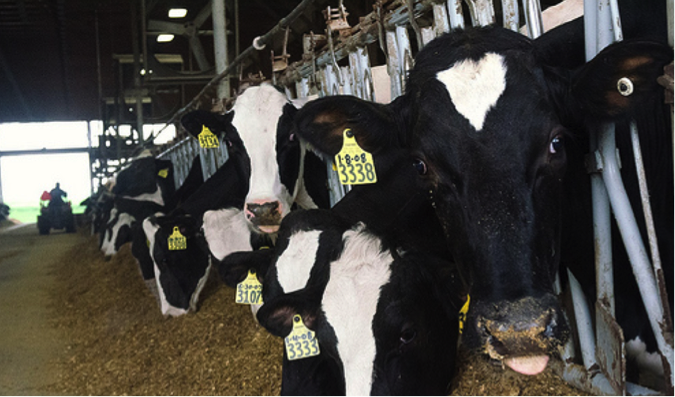
California’s clean energy pioneers come in black and white.

Honey bee health and climate change would both rank high on anyone’s list of hot topics in agriculture these days.

In a changing climate what investments make sense?
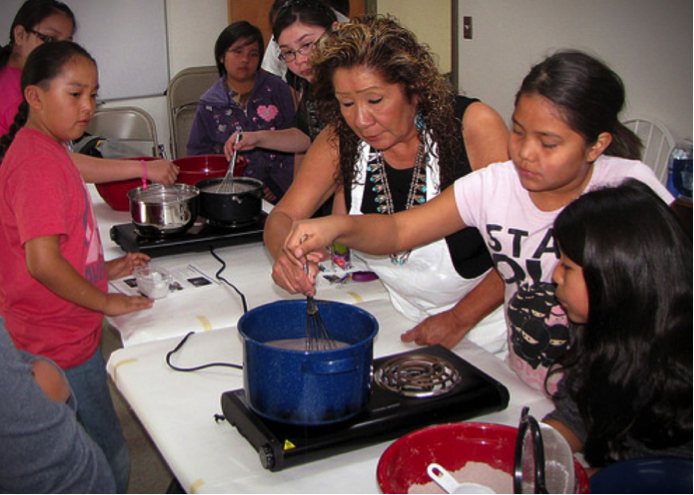
4-H members make traditional blue corn mush. Achieving nutritional security in the context of the burgeoning population, climate change, diminishing land and water resources, and changing incomes and diets will require new approaches to sustainably producing more food, dealing with food waste, and promoting improved nutritional outcomes.

US Ag Exports Create Big Opportunity Around the World
When I reflect on USDA’s international work over the past seven years, I don’t just see a great record of accomplishments, I see the building of a strong foundation that positions rural Americans to compete, grow and thrive in the years ahead. Today, we’re launching the sixth chapter of USDA Results, which tells the story of our efforts, and our impact, alongside our partners over the last seven years to open new export markets, improve trade and capacity building, and empower future trading partners striving to build their own economies.
Rural Means Business: Bringing Tech Jobs to rural America
A group of coders in hooded sweatshirts and big headphones stare intently at their computer screens. In the corner, staff take a break at the foosball table, while a young woman in an oversized beanbag chair types away on her laptop. You might be picturing the headquarters of a Silicon Valley startup, but the scene described above is over 2,000 miles away from San Francisco—in Jonesboro, Arkansas.
California’s Clean Energy Pioneers Come in Black and White
California has a pioneering spirit. Rural folks there have been on the frontier for generations. That frontier may have been gold mines and cattle grasslands in the past, but today that frontier is the very air, soil and water of California itself. Climate change is transforming California like it’s transforming our globe. But Californians are leading the pioneer charge to transform, with pragmatism, ingenuity and a commitment to rural communities.
Nutritional Security Through Sustainable Agriculture
Nutritional security is defined as “a situation that exists when all people, at all times, have physical, social, and economic access to sufficient, safe, and nutritious food that meets their dietary needs and food preferences for an active and healthy life.”
Northern Plains Regional Climate Hub Extension and Outreach Team Develop Regional Efforts
The USDA Northern Plains Regional Climate Hub (NPRCH) partnered with the 1914 Cooperative Extension programs in Montana, Wyoming, Colorado, North and South Dakota, and Nebraska to develop and deliver science-based, region specific information and technologies to agricultural and natural resource managers to enable them to make climate-informed decisions. The team has met monthly since June 2015, and through their efforts and partnership with the NPRCH they reached out to Extension colleagues to develop relevant projects that meet stakeholder needs in the region.
California Farmers Count Every Drop with Efficient Irrigation Technologies
Despite hopes for a drenching from El Niño, California farmers are facing another drought year in 2016. Even after four years of the worst drought on record, California farm output was a record $54 billion in 2015, accounting for more than half of the nation’s fresh produce. Groundwater has helped compensate for California’s lack of rainfall, but groundwater overdraft cannot be continued indefinitely.
Know Where Your Food Comes From with USDA Foods
Do you know where your food comes from? If you can pinpoint where your food was grown and produced, you can make more informed decisions to maximize quality, freshness, and nutritional value. You can also help support local economies through your purchases. The USDA Foods program takes this mantra to heart and publishes state of origin reports with procurement information on all USDA Foods every year. As we like to say at FNS, “All USDA Foods are local to someone.”
Changes in a Key Source of Honey Bee Nutrition
Honey bee health and climate change would both rank high on anyone’s list of hot topics in agriculture these days. Lewis H. Ziska, an Agricultural Research Service (ARS) plant physiologist, with what is part of the Northeast Climate Hub in Beltsville, Maryland, knows this.
Email Alerts for Changing Climate Impacts on Drought, Pests, Livestock Heat Stress, El Niño, and More
If you’re a farmer, rancher or working land manager in the southeastern United States, the USDA Southeast Regional Climate Hub (SERCH) can be a valuable resource in delivering timely and applicable climate information and tools. Located in Raleigh, North Carolina, on the campus of North Carolina State University, SERCH is led by the Forest Service.
Clean Air Provides Healthy Lands and Lets You Breathe a Little Easier
Something we do every day for survival is something we often take for granted – breathing. And a very important component of breathing is clean air. Air quality has a direct effect not only on the health of people, but also ecosystems.
Statistical Information Critical to Efficient Markets
Starting next week, the National Agricultural Statistics Service (NASS) will reach out to tens of thousands of farmers across the United States. Our interviewers will go door to door and make phone calls to collect the most accurate information possible about farmland in each state. In addition, we’ll ask farmers to report their acres planted by crop, and total grains & oilseeds stored on their farms.
In A Changing Climate What Investments Make Sense?
At a recent meeting in Kennewick, WA, panelists representing agricultural industries in the Pacific Northwest addressed the need for climate change adaptation and mitigation. A wheat farmer representative said that farmers are flexible and can change how and when they plant as changes in weather occur.
Forest Service Rookie an International Inspiration
Six months after being hired by the U.S. Forest Service, Angelica Perez-Delgado made a major impact, including international assistance to the country of Georgia, on her way to being named Rookie of the Year for the Pacific Southwest Region late in 2015.
Helping Agriculture Producers Adapt To Climate Change from the Ground Down
The Southern Great Plains has historically posed a challenge to farming and ranching. Extended drought, late season freezes and excessive rainfall are facts of life in Texas, Oklahoma and Kansas. With continued climate change, the likelihood is growing that extreme weather conditions will have even more of an effect on the country’s ability to produce food and fiber as we move into the future.
United States Drought Monitor: Innovative Data Solutions for the Future of Water
Communities across the United States are facing water challenges, impacting millions of lives and costing billions of dollars in damages. Recent events, including record-breaking drought in the West and severe flooding in the Southeast have elevated a national dialogue on the state of our Nation’s water resources and infrastructure.
Biocontrol Staff Are Modern-Day MacGyvers in the Fight Against Invasive Beetle
Do you remember the eighties television show MacGyver? Science genius turns secret agent. Each week Angus MacGyver—armed with only a pen, aerosol spray can and a Swiss Army knife—successfully disarms the bomb and saves the day! The following week, it’s a shoe horn, jumper cables and a screwdriver…then a thermos, belt buckle….you get the drift. Sixty minutes of ingenious, nail-biting problem-solving.

Panel Hears Support from Livestock Producers for Trans-Pacific Partnership
The Trans-Pacific Partnership seems to be getting almost a unanimous vote of support from the U.S. livestock sector. (Gary Crawford, Dr. David Anderson, John Zimmerman, Randy Mooney, David Herring and Tracy Brunner)
Actuality: Some Key Numbers from New USDA Trade Forecast
Warren Preston, USDA economist, giving some of the key numbers in USDA's latest trade forecast.
Panel Hears Support from Livestock Producers for Trans-Pacific Partnership
Broadcast Date: Tue, May 24, 2016
The Trans-Pacific Partnership seems to be getting almost a unanimous vote of support from the U.S. livestock sector. (Gary Crawford, Dr. David Anderson, John Zimmerman, Randy Mooney, David Herring and Tracy Brunner)
Farmers Getting Planting Done One Way or Another
Broadcast Date: Mon, May 23, 2016
For many farmers the weather has made it a struggle to get crops in the ground, but those farmers are managing to stay pretty much on schedule. (Gary Crawford, Brad Rippey and Blondie)
MPP As A Comprehensive Risk Management Tool
Broadcast Date: Mon, May 23, 2016
A member of the dairy industry says the Margin Protection Program, while still evolving, serves as a comprehensive safety net for producers. (Rod Bain and Chris Galen of the National Milk Producers Federation)

Opinions: A Walk in the Dead Woods (New York Times)
They appear at random, cinnamon-and-silver-colored pines and firs, the standing dead amid otherwise healthy groves of cloud-snagging trees in the mountains of Southern California. Last week, the Forest Service said there were 40 million of them — that is, 40 million dead trees in this state, almost one for every resident. Soon, they will be fuel, for what rangers fear will be a catastrophic wildfire season — “40 million opportunities for fire,” as Agriculture Secretary Tom Vilsack put it.
Land O'Lakes gives boost to Minnesota water quality effort (Star Tribune)
One of Minnesota’s primary strategies to reduce agricultural water pollution is getting a corporate boost from Land O’Lakes Inc., which promised to put its shoulder behind the effort to enlist farmers. On Wednesday Gov. Mark Dayton and Land O’Lakes officials announced what they called a “new public-private partnership” at the company’s headquarters in Arden Hills.
Vilsack to Iowa leaders: 'Think big' on water quality (Business Record)
A small group went to meet U.S. Agriculture Secretary Tom Vilsack while visiting Washington D.C. during the Greater Des Moines Partnership's annual trip. The group wanted to talk to the former Iowa governor about the prospect of using U.S. Department of Agriculture funds to aid the work of local watershed authorities, now that the Iowa Legislature has adjourned again without approving a major initiative to improve Iowa's water quality.
Vilsack: Different approach needed on next farm bill (Agri-Pulse)
Agriculture Secretary Tom Vilsack may have less than a year left in office, but that isn't stopping him from delivering forward-looking remarks to ag stakeholders. Speaking to members of the Organic Trade Association at the group's policy conference, Vilsack pointed to what he felt was a major flaw in the development of the 2014 Farm Bill: a focus on savings.
Editorial: Climate change worries heat up in America and around the world (Kansas City Star)
Another month, another heat record broken. That’s not good for the planet or much of the life on it. This month the National Oceanic and Atmospheric Administration announced that April marked the 12th consecutive month that heat records for the Earth have been broken. It is the longest warming spell in the agency’s 137 years of record keeping. NOAA also reported that in April the Northern Hemisphere’s snow cover was the smallest in 50 years of data collection.
Innovations need to help ag industry on climate change (Yakima Herald)
The issue of climate change tumbles directly into a major philosophical fault line, one rendered more gaping by political and scientific differences. Temperature numbers over past decades reflect that the planet — and Pacific Northwest — are getting warmer, with the bulk of scientists concluding that human activity bears much of the culpability. Skeptics, including a few in the scientific community, cite historical variations in Earth’s temperature and accuse believers of undue alarmism. Steps to address the issue reflect a corresponding partisan divide; Democratic Gov.

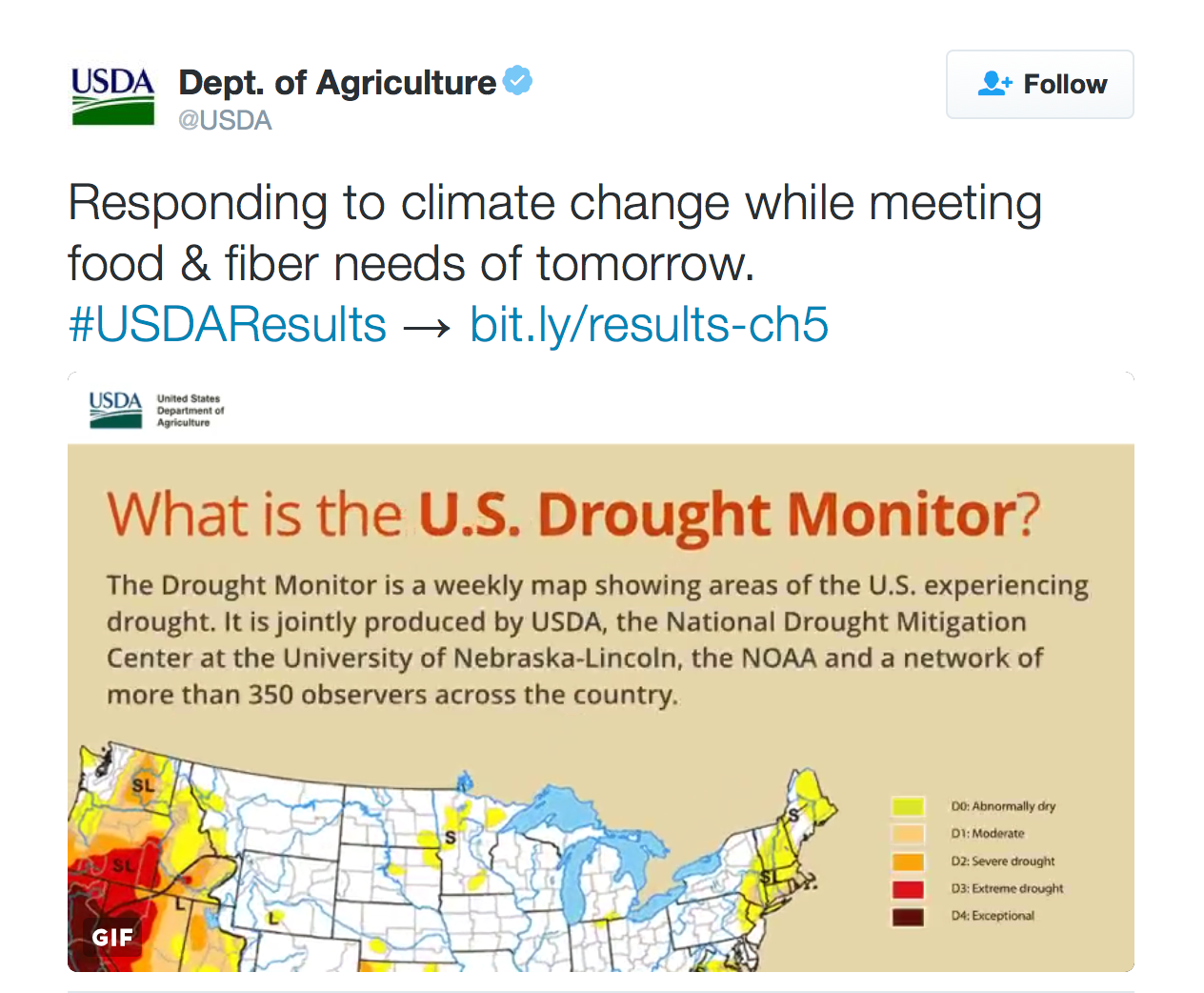 |
 |
 |
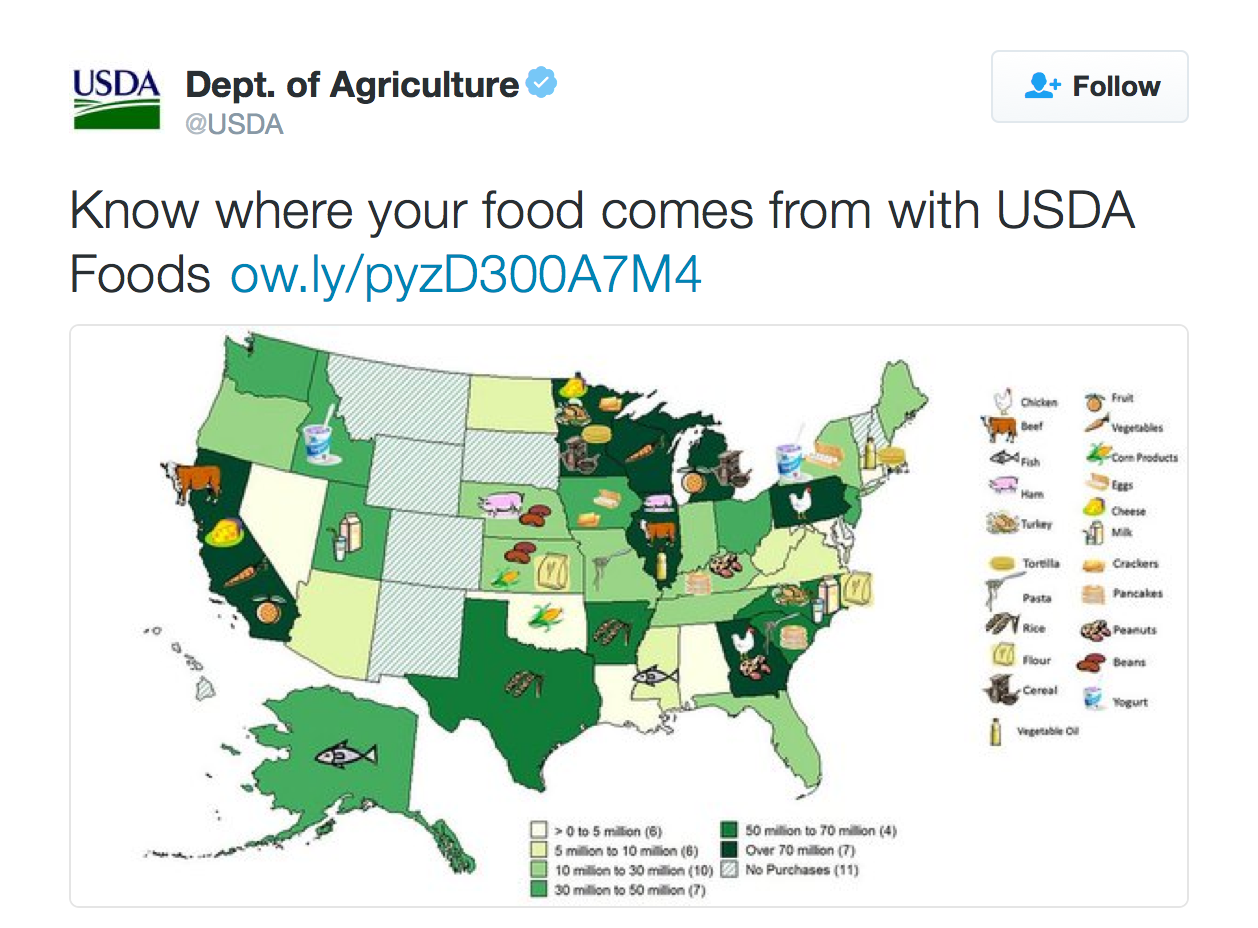 |
 |

|

